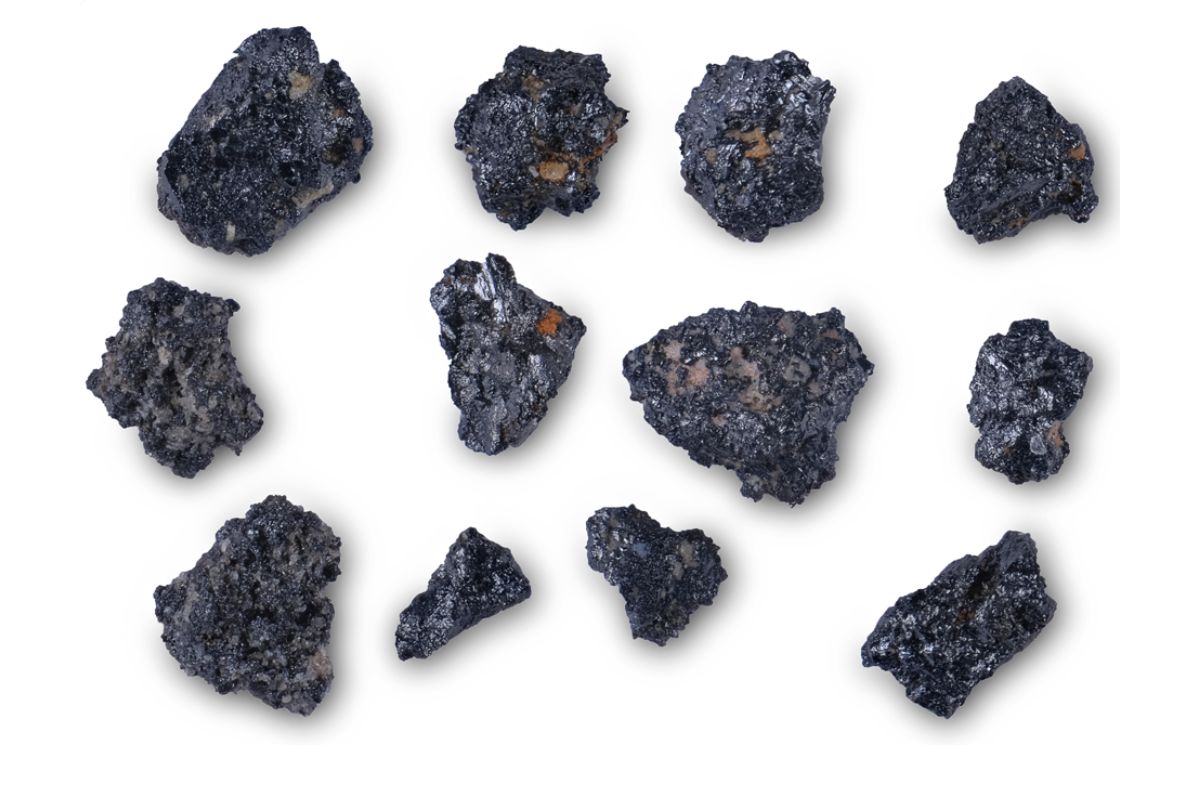
Dmitryivanovite is a rare and fascinating mineral that has captured the interest of geologists and mineral enthusiasts alike. Named after Russian mineralogist Dmitry Ivanov, this mineral boasts unique properties and a rich history. Found in specific geological settings, it offers a glimpse into the Earth's complex processes. But what makes Dmitryivanovite stand out? Its crystal structure and composition are unlike many other minerals, making it a subject of extensive study. Whether you're a budding geologist or just curious about the natural world, these 20 facts about Dmitryivanovite will provide intriguing insights into this remarkable mineral.
Key Takeaways:
- Dmitryivanovite is a rare and valuable mineral discovered in a meteorite, named after a prominent Russian mineralogist. Its unique composition and structure provide insights into meteorite processes and materials science.
- With its metallic luster and high density, Dmitryivanovite stands out among minerals. Its rarity and scientific significance make it a subject of fascination for researchers and collectors alike.
What is Dmitryivanovite?
Dmitryivanovite is a rare mineral that has fascinated scientists and mineral enthusiasts alike. Named after Russian mineralogist Dmitry Ivanov, this mineral has some unique properties and an interesting history. Let's dive into some intriguing facts about Dmitryivanovite.
Discovery and Naming
The story of Dmitryivanovite's discovery and naming is quite captivating. Here are some key points:
- Dmitryivanovite was discovered in 2009 in the Khatyrka meteorite, which fell in Russia.
- The mineral was named after Dmitry Ivanov, a prominent Russian mineralogist known for his contributions to mineralogy.
- It was officially recognized as a new mineral species by the International Mineralogical Association (IMA) in 2010.
Composition and Structure
Understanding the composition and structure of Dmitryivanovite helps us appreciate its uniqueness.
- Dmitryivanovite is composed of aluminum, copper, and iron.
- Its chemical formula is AlCuFe, indicating the presence of aluminum, copper, and iron in its structure.
- The mineral has a tetragonal crystal system, which means its crystals form in a symmetrical, four-sided shape.
- Dmitryivanovite's structure is closely related to that of other intermetallic compounds, making it a subject of interest for materials science research.
Physical Properties
The physical properties of Dmitryivanovite make it stand out among other minerals.
- Dmitryivanovite has a metallic luster, giving it a shiny, reflective appearance.
- Its hardness on the Mohs scale is around 5, making it relatively hard but not as hard as diamonds or quartz.
- The mineral has a high density due to its metallic composition, making it heavier than many other minerals.
Occurrence and Rarity
Dmitryivanovite's rarity and occurrence are part of what makes it so special.
- Dmitryivanovite is an extremely rare mineral, with only a few known samples in existence.
- It has been found exclusively in the Khatyrka meteorite, making it a unique extraterrestrial mineral.
- The rarity of Dmitryivanovite makes it highly valuable to collectors and researchers alike.
Scientific Significance
Dmitryivanovite holds significant scientific value for various reasons.
- The study of Dmitryivanovite provides insights into the processes that occur in meteorites and the early solar system.
- Its unique composition and structure offer valuable information for materials science, particularly in the development of new alloys.
- Dmitryivanovite's discovery has led to further research into other rare minerals found in meteorites, expanding our understanding of extraterrestrial geology.
Interesting Tidbits
Here are some additional fascinating facts about Dmitryivanovite that you might find interesting.
- Dmitryivanovite is often studied using advanced techniques like X-ray diffraction and electron microscopy to understand its properties better.
- The mineral's discovery has sparked interest in searching for other rare minerals in meteorites, leading to new discoveries in the field.
- Dmitryivanovite's unique properties make it a potential candidate for various industrial applications, although its rarity limits its practical use.
- The mineral's name, Dmitryivanovite, honors the contributions of Dmitry Ivanov to the field of mineralogy, ensuring his legacy lives on in the scientific community.
Dmitryivanovite's Fascinating World
Dmitryivanovite, a rare mineral, holds a unique place in the world of geology. Found in meteorites, it offers clues about the early solar system. Named after Russian mineralogist Dmitry Ivanov, this mineral's discovery has sparked interest among scientists and enthusiasts alike.
Its crystal structure, composed of calcium, aluminum, and oxygen, makes it distinct. Dmitryivanovite's formation under high-pressure conditions in space adds to its allure. Studying it helps researchers understand planetary formation and the conditions in space.
This mineral isn't just a scientific curiosity; it's a window into the past. Its rarity and unique properties make it a subject of ongoing research. Dmitryivanovite continues to captivate those interested in the mysteries of our universe. Whether you're a geology buff or just curious, this mineral offers a glimpse into the vastness of space and time.
Frequently Asked Questions
Was this page helpful?
Our commitment to delivering trustworthy and engaging content is at the heart of what we do. Each fact on our site is contributed by real users like you, bringing a wealth of diverse insights and information. To ensure the highest standards of accuracy and reliability, our dedicated editors meticulously review each submission. This process guarantees that the facts we share are not only fascinating but also credible. Trust in our commitment to quality and authenticity as you explore and learn with us.
